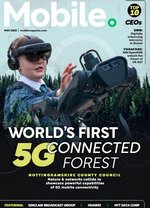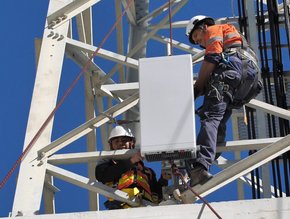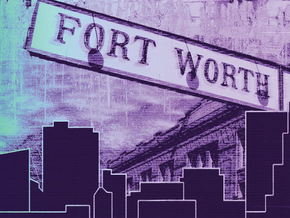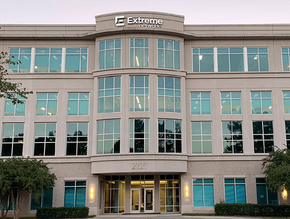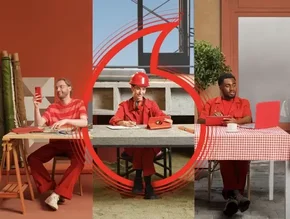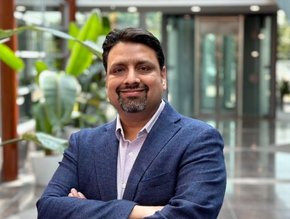Netmore: Developing 5G infrastructure for connectivity
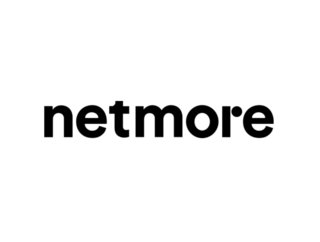
When leading multi-network IoT operators Netmore first heard about Ceren Clulow and Nottinghamshire County Council’s plan to bring 5G connectivity to rural areas such as Sherwood Forest and Rufford Abbey Country Park, Non-Executive Director Stefan Stanislawski remembers thinking, “Good luck with that!”.
You see, enabling 5G connectivity ‒ and, realistically, even 4G connectivity ‒ in a forest setting had yet to be done, predominantly due to the slew of difficulties such a project would entail. Although Stanislawski was initially sceptical, he soon warmed to the idea, persuaded by Clulow’s infectious enthusiasm and can-do attitude, and began building his own team to get everything into action.
So, what exactly were some of the biggest difficulties that Netmore encountered?
According to Andrew Fisher, who became Head of Projects for the Swedish company not long after the pandemic kicked off, the biggest setback predominantly surrounded “obtaining the equipment”: “Because it’s new technology, there's a shortage of equipment, as well as because of the pandemic-related silicon shortage, which means you don't get the chips that you need. So you end up with delays.”
The project has also been beleaguered with companies “developing systems and devices that they say will do what it says on the tin, but in actuality, when you receive it, you struggle to make it work”. Fisher has worked closely with engineers because of this.
“I was working with Sergey, who's our chief architect and also who's very hands-on with all the equipment, making it work. I was trying to pick up what he was doing so that I could help pass information back to the directors,” he explains, before adding with a chuckle, “I've often considered myself to be the geek-to-human interface.”
Getting the infrastructure to the trialling stage has required a huge amount of learning and adjusting along the way, but this has been beneficial for the project overall, helping it to be delivered successfully on time. “If you fail quickly, you make progress quickly, and the guys have just been phenomenal with their attitude and making this work through all the stresses and strains of life that we've all been through.”
Now the infrastructure is in place, Fisher says: “We're in a situation where, commercially, we could probably do something straight after these trials.”
Stanislawski is excited about the possibilities open before the company, acknowledging further use cases for more visitor attractions at Rufford, as well as the ways in which IoT devices can aid water management at a minute level. In short, the possibilities are endless.
“It's not all about profit and business. It's about giving back to people as well, because they're going to enjoy the process of it,” says Fisher, highlighting the true purpose of the 5G Connected Forest.
Read the full story HERE.

